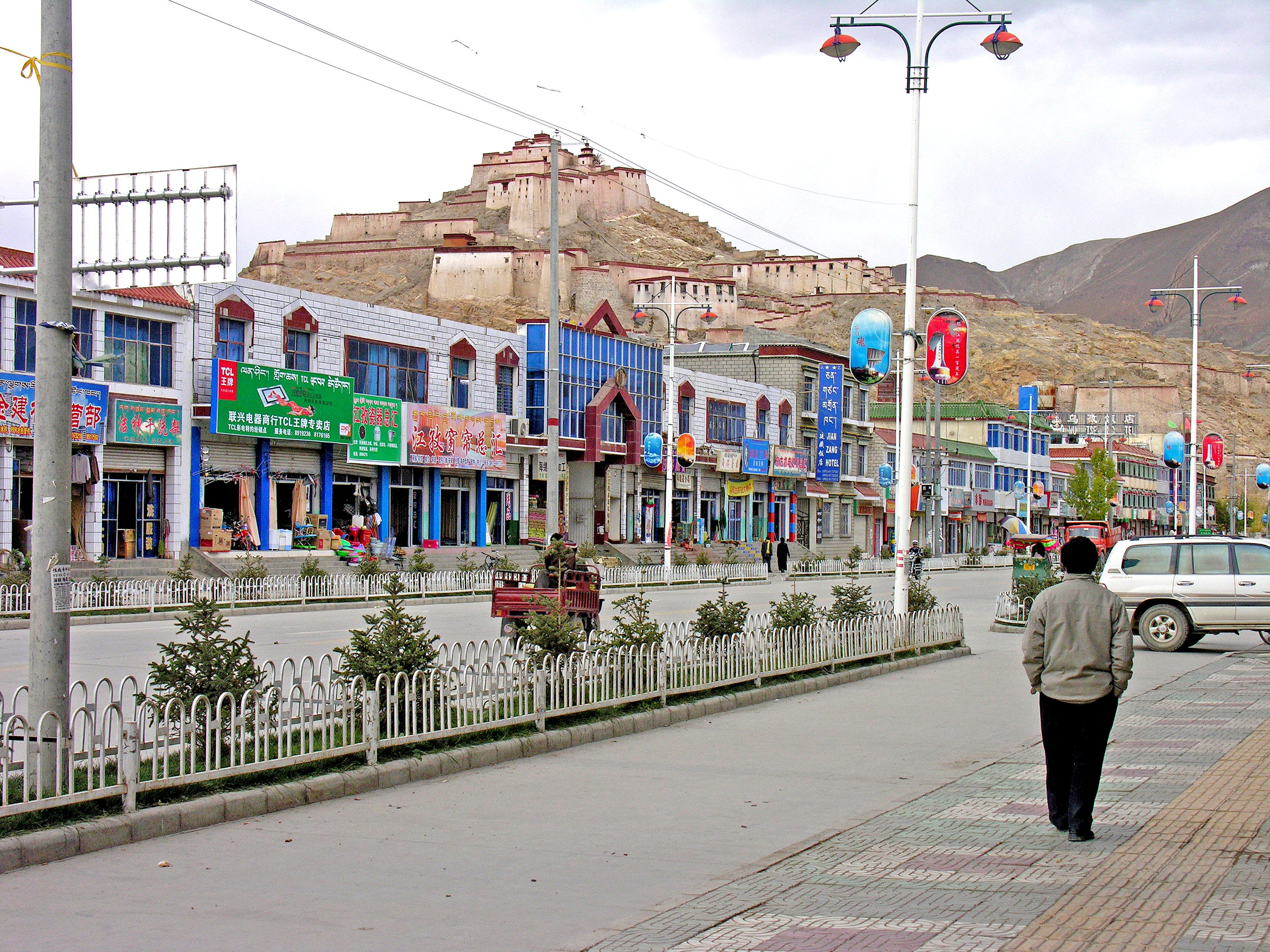Why Don't America and Iran Get Along?
America and Iran don't like each other. The two countries have growled at each other for decades. Iranian leaders have called the US the “Great Satan.” In return, American presidents have said Iran is part of a global “axis of evil” and called it a “rogue state.” What explains all this hatred?
One easy answer is that conflict is inevitable between a democratic country such as America and Islamic Iran. Easy, but wrong. Saudi Arabia is a highly Islamic country but it’s an American ally.
Another easy answer is that friendship became impossible after Iranian students occupied the US embassy in Tehran, the capital of Iran, in 1979 and held 50 Americans hostage for more than a year. Maybe. But that doesn’t explain why the students targeted the US embassy in the first place.
To understand the hostility between Iran and America the first thing you have to understand is that Iran, like the US, is a country proud of its past. In Iran’s case, that goes back a long way—most of it under Iran’s old name, Persia. In the 500’s and 400’s B.C.E. Persian kings controlled one of history’s largest empires. It stretched from southern Europe down to Egypt and across to India. In the 1600’s, the Safavid empire in Persia combined devotion to the God of the Koran with exquisite art and military success.
Persia’s glory faded. But its impressive history made what happened next all the more painful. Foreigners began to interfere in its affairs. In the 1800’s Russia conquered the north of the country, while British businessmen made one-sided deals in the south. In 1901, the Iranian shah (meaning, king) signed away the country’s oil fields to the British in exchange for only 16% of the profits.
It got worse. Britain invaded in 1911 to protect its interests. It did so again during the Second World War. Iranians were getting sick of powerful foreigners treating Iran as a pawn in their games of global strategy. There were protests on the streets of Tehran but they didn’t make any difference.
After the Second World War, America committed itself to containing the spread of Russian Communism and that meant getting involved in the Middle East. Iran quickly became a vital place of interest for the US, for two reasons. First, it was located on Russia’s southern border and on vital shipping routes. Second, it had huge reserves of the oil needed by America’s armed forces and by suburban commuters back in the US.
Iran hated America’s interference just as much as it had Britain’s. Relations hit bottom in the early 1950’s after the leader of Iran’s government seized control of the oil industry. Britain and the US responded by sending in MI6 and CIA agents to help overthrow the government. Afterwards, Iran negotiated a better oil deal, but 50% of the profits still flowed to foreign bank accounts.
This was the real start of the bad blood between Iran and the US. For the next 25 years, America supported Iran’s shah with money and free consulting for his secret police. It was a mutually beneficial relationship as the shah used much of his share of the oil money to buy weapons from America.
Iranians became more and more angry with the shah’s government. Corruption was everywhere, health provision was poor, and unemployment was high. The secret police strangled dissent.
The chief critic of Iran’s government was Ayatollah Khomeini, a Muslim religious leader living in exile. Supporters smuggled cassette tapes of his politically charged sermons into Iran and circulated them throughout the country. His primary target was the shah, but not far behind were the Americans who kept his corrupt government alive. Khomeini was the first to call America the Great Satan.
In 1978 hundreds of thousands of Iranians demonstrated against the shah. They weren’t all devout Muslims—many were very secular. The shah ordered his army to fire on the crowds. Hundreds died. But when some of the troops shot their officers instead, the shah fled the country.
This was the moment when a group of students seized the US embassy in Tehran. They found several dozen employees, who became the famous hostages. But they also found thousands of documents that provided hard evidence of America’s support for their hated government. Back in America, millions followed the hostage crisis on television and grew to dislike Iran and its new, Islamic government.
Successive American presidents have linked Iran, rightly, to terrorism in the Middle East and opposition to Israel—America’s most precious ally in the region. But many more terror attacks are linked to Saudi Arabia (including 9/11), which has friendly ties to the US.
Sadly, it’s hard for politicians in either country to soften their language, given popular support for the feud. Both villainize the other to assert their own virtue. The hostility also explains Iran’s desire to build nuclear weapons: it would put an end to America's periodic threats to attack them.
There are many cases in history of former enemies becoming allies—think of France and Britain. Moderates in both America and Iran have tried to build bridges by confessing past wrongs. We should all hope they succeed.





